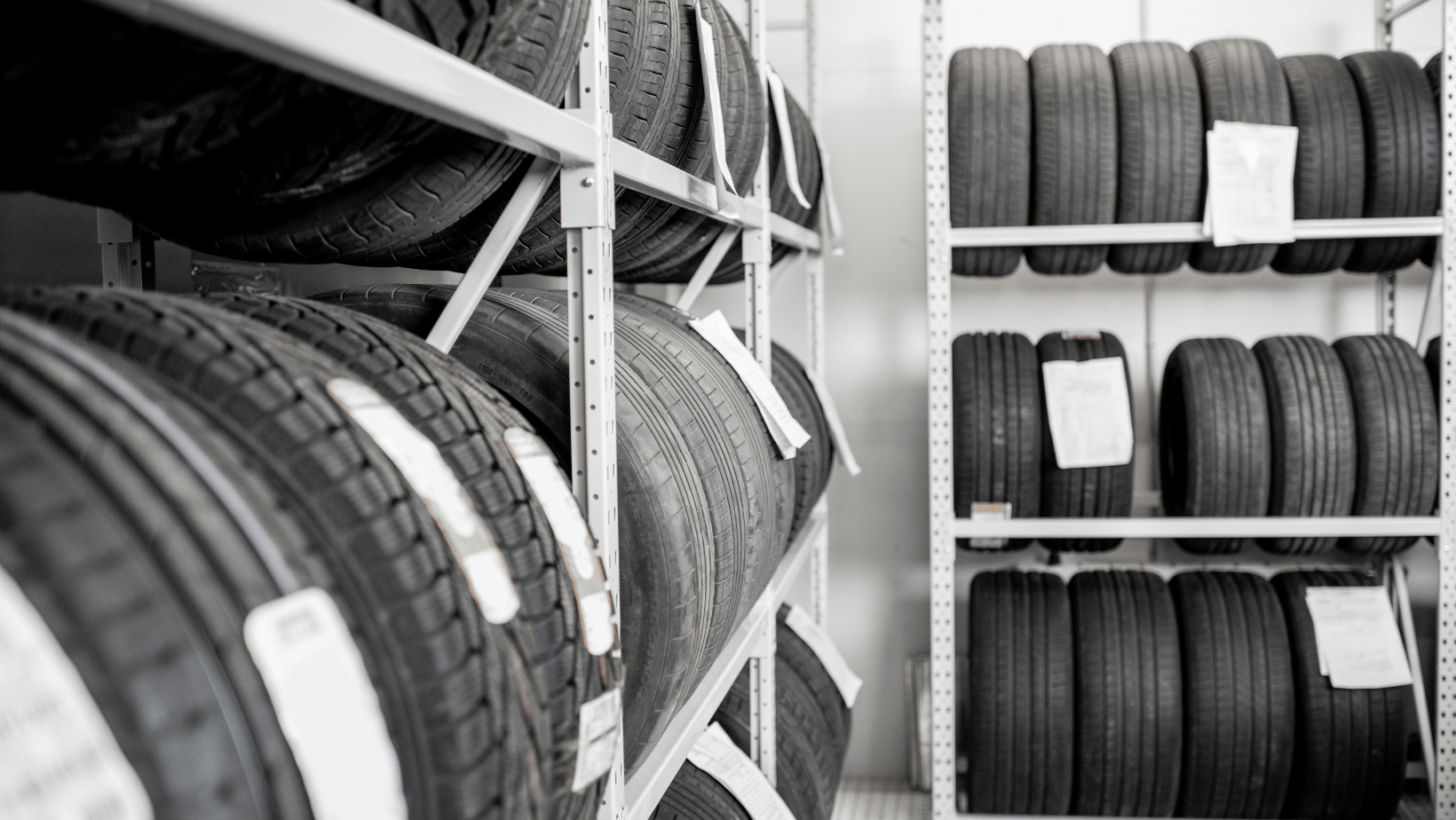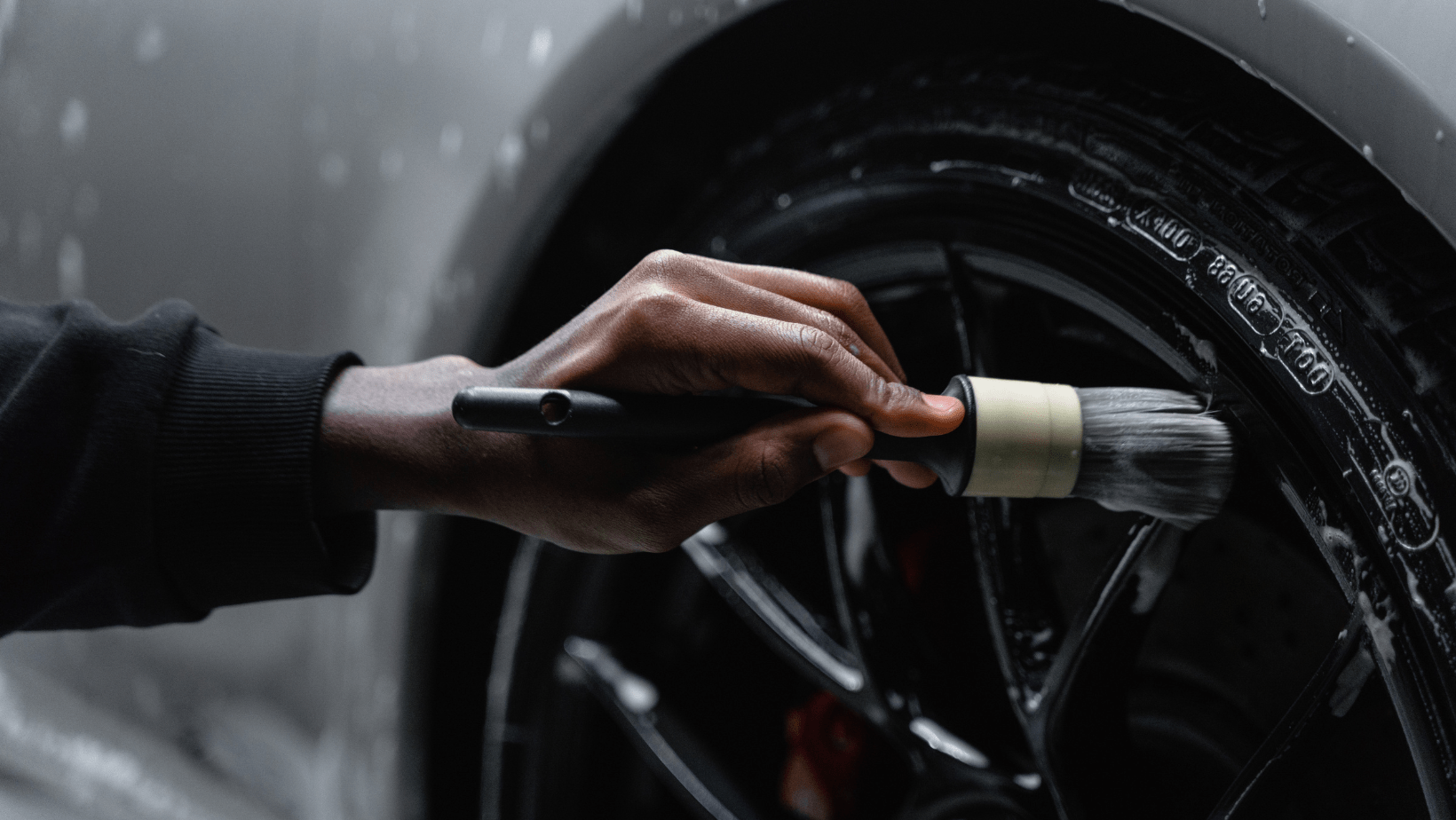Key Takeaways:
| Aspect | Key Points |
|---|---|
| Importance of Tire Materials | Affects performance, longevity, and safety. |
| Construction Techniques | Influences durability and response to various driving conditions. |
| Materials Used | Varies from traditional rubber to advanced composites. |
| Impact on Vehicle Performance | Directly influences grip, handling, and fuel efficiency. |
| Choosing the Right Tires | Key for optimizing vehicle performance and safety. |
Tires are an integral part of any vehicle, significantly impacting its performance, safety, and overall driving experience. Nashville Performance’s extensive expertise in automotive excellence provides a unique perspective on tire materials and construction, essential for any vehicle enthusiast. In this article, we delve into the materials and construction methods of tires, exploring how they contribute to vehicle dynamics and performance.

Understanding Tire Materials: More Than Just Rubber
Tires may seem simple at first glance, but they are complex engineering marvels. The primary material in tire construction is rubber, but it’s not just any rubber. The quality, type, and blend of rubber determine the tire’s characteristics, such as grip, wear resistance, and durability.
Advanced tires often incorporate synthetic rubbers and other materials like silica, which enhance performance attributes like wet-weather grip and fuel efficiency. Understanding these materials is crucial for selecting the best tires for your vehicle, whether it’s a rugged Jeep Wrangler or a powerful Dodge Charger.
Tire Construction: The Anatomy of Performance
Tire construction involves several layers and components, each serving a specific purpose. The most common construction types are radial and bias-ply, with radial being the most prevalent in passenger vehicles. Radial tires offer improved handling and fuel efficiency, making them a top choice for daily drivers and performance enthusiasts alike.

The internal structure, comprising steel belts and layers known as plies, provides the tire with its shape and strength. The tread pattern, a critical aspect explored in Deciphering Tire Tread Patterns, affects traction and water displacement. Furthermore, the sidewall construction plays a pivotal role in the tire’s responsiveness and driving feel.
Matching Tires to Your Vehicle and Driving Style
Choosing the right tires for your vehicle is a decision that should not be taken lightly. Factors like the vehicle type, driving conditions, and personal preferences play a significant role. For performance-oriented vehicles, selecting tires that offer the right balance of grip and longevity is essential. Our articles on Maximizing Performance with Tire and Wheel Tuning and Performance Tires for Daily Driving offer valuable insights into making the right choice.

The Impact of Tire Choice on Safety and Performance
The choice of tire materials and construction significantly influences a vehicle’s safety and performance. High-quality tires can improve handling, reduce stopping distances, and enhance stability, particularly in challenging conditions. Seasonal variations in tire choices, as discussed in Seasonal Tire Choices, also play a crucial role in maintaining optimal performance throughout the year.
In conclusion, tire materials and construction are more than just an aspect of vehicle maintenance; they are critical components in the pursuit of automotive perfection. By understanding the nuances of tire technology, you can significantly enhance your vehicle’s performance, safety, and driving enjoyment.





